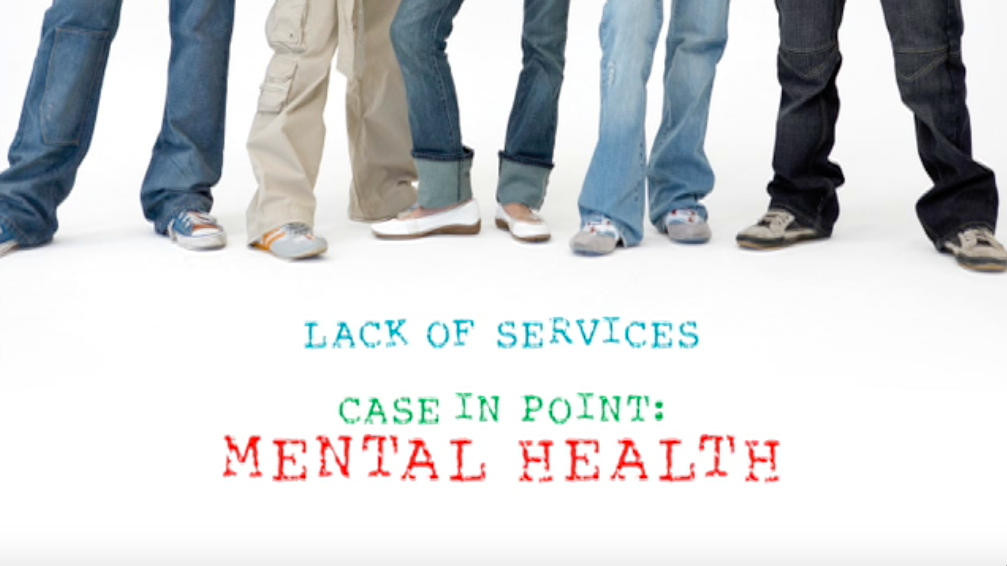Choose video when the goal is:
• TO TELL A STORY, not deliver a lot of facts and figures, which are more effectively conveyed through the printed word
• TO INFORM, PERSUADE, EDUCATE and INSPIRE
• TO GENERATE EXCITEMENT AND URGENCY
• TO CONVEY THE POWER OF YOUR MISSION
Video is exceptionally good at moving viewers not just to learn new information, but to change their behavior. Video is a motivator.A useful set of questions when starting a project is this: After viewing the piece, what you want the audience to:KNOW?
THINK?
FEEL?
DO?
SHARE?
It’s been said that, “Behind every great organization, there is one central thought. And that thought needs to be BIG, SIMPLE and TRUE.” Video can help express that. So identifying that central thought, your other key messages, and a style and tone that convey the story best are all foundational elements that must be determined ahead of production.
Once your program’s goals are mapped out, you can begin building your video. The currency you have, the building blocks, are:
– WORDS
– IMAGES
– SOUNDS
WORDS can be:
Remember: music sets the emotional tone. It shouldn’t overwhelm, but it can effectively carry the story.
Sounds (or silence) can be powerful enhancements to scenes.
When combined carefully, these elements can create a lasting impression and move your message into the hearts and minds of your audience – and beyond.


